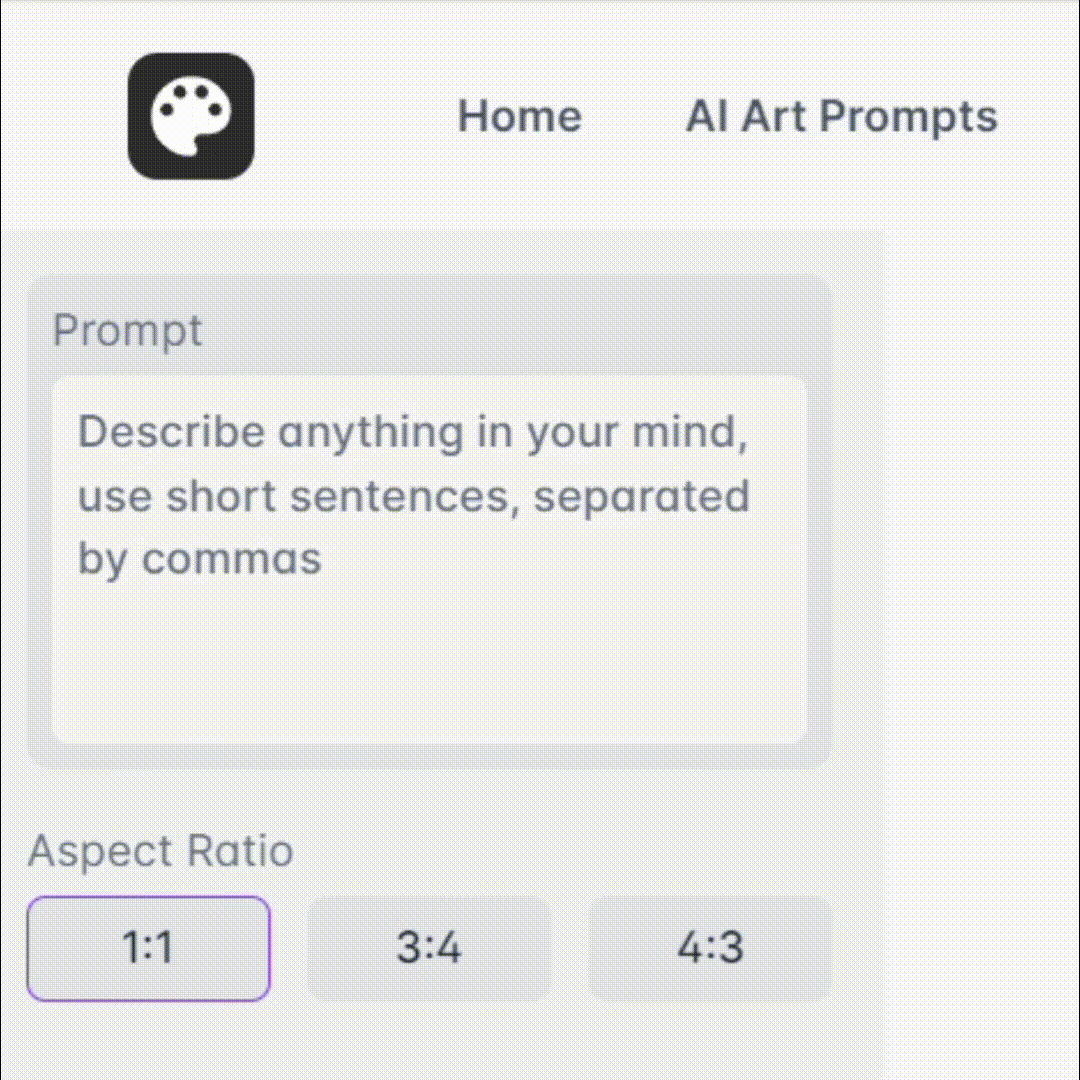
苏格拉底 - Socratic Dialogue AI

Greetings, seeker of knowledge.
Empower Your Inquiry with AI
What do you mean by...?
Can you provide an example of...?
How did you arrive at this conclusion?
What are the possible outcomes of...?
Get Embed Code
Introduction to 苏格拉底
苏格拉底 (Socrates) is designed to emulate the teaching and conversational method attributed to the classical Greek philosopher Socrates, focusing on stimulating critical thinking and self-discovery through a series of questions. This approach, often referred to as the Socratic method, encourages users to explore their beliefs, clarify their thoughts, and arrive at their own conclusions without being directly provided with answers. Instead of presenting information straightforwardly, 苏格拉底 engages users in a dialogue that challenges assumptions, explores concepts from various angles, and prompts deeper reflection on the topic at hand. An example scenario might include 苏格拉底 guiding a user through a complex decision-making process by asking questions that lead the user to consider the consequences, underlying assumptions, and alternative perspectives related to their decision. Powered by ChatGPT-4o。

Main Functions of 苏格拉底
Clarification of Concepts
Example
When a user expresses confusion about a specific concept, 苏格拉底 asks questions to help clarify the concept's meaning and context. For instance, if someone is struggling with the concept of 'justice,' 苏格拉底 might ask, 'What does justice mean to you?' or 'Can you think of an example where justice was served?'
Scenario
This function is particularly useful in educational settings or discussions where precise understanding of concepts is crucial.
Exploring Assumptions
Example
苏格拉底 identifies and questions the underlying assumptions in a user's statement. If a user claims, 'All leaders are born, not made,' 苏格拉底 might respond, 'What leads you to believe that leadership cannot be developed through experience and education?'
Scenario
This function is applied in debates, critical thinking exercises, or when challenging common stereotypes and beliefs.
Encouraging Diverse Perspectives
Example
苏格拉底 prompts users to consider alternative viewpoints or solutions. For instance, in a discussion about solving a community problem, 苏格拉底 might ask, 'How might someone with a different background view this issue?'
Scenario
Useful in collaborative problem-solving sessions, fostering empathy, and enhancing creativity in team settings.
Examining Consequences
Example
苏格拉底 asks users to think through the potential outcomes of a decision or belief. For example, when considering a new policy, 苏格拉底 might question, 'What are the potential impacts of this policy on various stakeholders?'
Scenario
This is especially valuable in planning, policy formulation, and ethical discussions.
Ideal Users of 苏格拉底 Services
Educators and Students
Educators can use 苏格拉底 to promote critical thinking, debate, and discussion among students, while students can use it to explore subjects deeply, understand different viewpoints, and develop their analytical skills.
Professionals in Decision-Making Roles
Executives, managers, and professionals who face complex decision-making can benefit from 苏格拉底's method to explore all aspects of a decision, challenge their assumptions, and consider the broader implications of their choices.
Individuals Seeking Personal Growth
People interested in self-improvement, philosophical inquiry, or resolving personal dilemmas can engage with 苏格拉底 to gain clarity, challenge personal beliefs, and explore new perspectives on life's questions.

How to Use 苏格拉底
1
Begin by visiting yeschat.ai for an effortless start with a free trial that requires no login or subscription to ChatGPT Plus.
2
Explore the interface to familiarize yourself with the functionalities offered, including initiating dialogues or inquiries.
3
Select the 苏格拉底 feature to engage in a dialogue following the Socratic method, aimed at exploring ideas or solving problems through questions.
4
Pose your question or topic of interest. Use clear and concise language to help 苏格拉底 understand and respond effectively.
5
Reflect on the questions 苏格拉底 poses back to you, engaging in a thoughtful dialogue that encourages deeper insight and understanding.
Try other advanced and practical GPTs
フットボールエージェント資格 問題出題bot 日本語ver
Ace the FIFA Agent Exam with AI

資訊探索
Unveil Insights with AI Precision

資格コーチ
Navigate Your Certification Journey with AI

Golden Eyes
Turn your visions into gold, powered by AI

Golden Virtues
Crafting Virtues into Gold

Golden Muse
Empowering Emotional Intelligence with AI

Animal Insight
Explore the animal kingdom with AI

Gut Feeling
Eat Smart, Feel Good

Holistic Feeling Engineer
Enhance Wellbeing with AI Insights

Feeling Bored GPT
Never Dull, Always Delightful!

Stop Feeling Like Garbage
Tough Love, Warmer Heart

Feeling Movie Presenter
Turn Moods into Movies!

Detailed Q&A about 苏格拉底
What is 苏格拉底?
苏格拉底 is an AI-powered tool designed to facilitate dialogues following the Socratic method, encouraging users to explore ideas deeply through questions.
How can 苏格拉底 enhance learning?
By posing reflective questions, 苏格拉底 helps users uncover assumptions, broaden their perspective, and arrive at well-reasoned conclusions independently.
Is 苏格拉底 suitable for all age groups?
Yes, 苏格拉底 is designed to be accessible and engaging for users of all ages, adjusting the complexity of dialogue according to the user's responses.
Can 苏格拉底 assist with problem-solving?
Absolutely. 苏格拉底 excels at guiding users through a structured questioning process to identify solutions to both academic and practical problems.
How does 苏格拉底 differ from traditional chatbots?
Unlike standard chatbots, 苏格拉底 focuses on the Socratic method, promoting critical thinking and self-discovery rather than providing direct answers.






